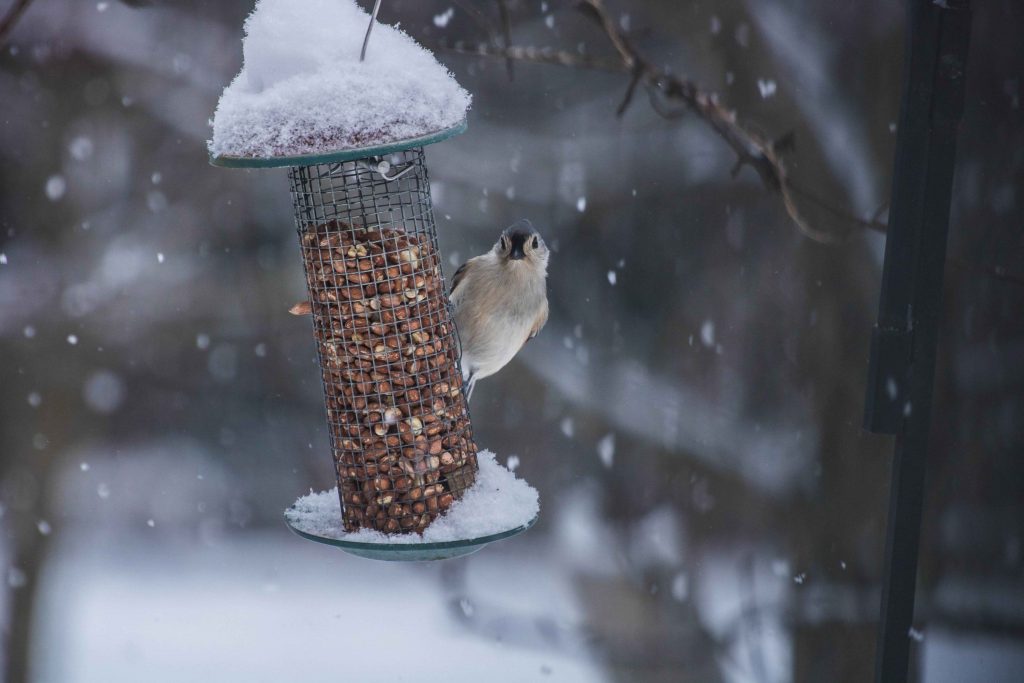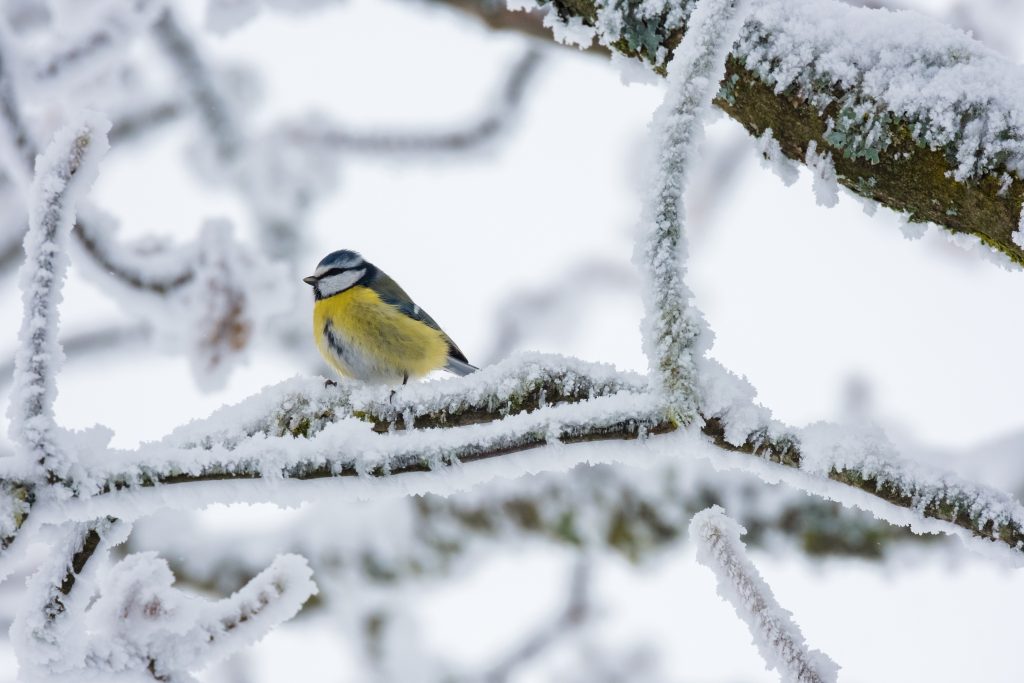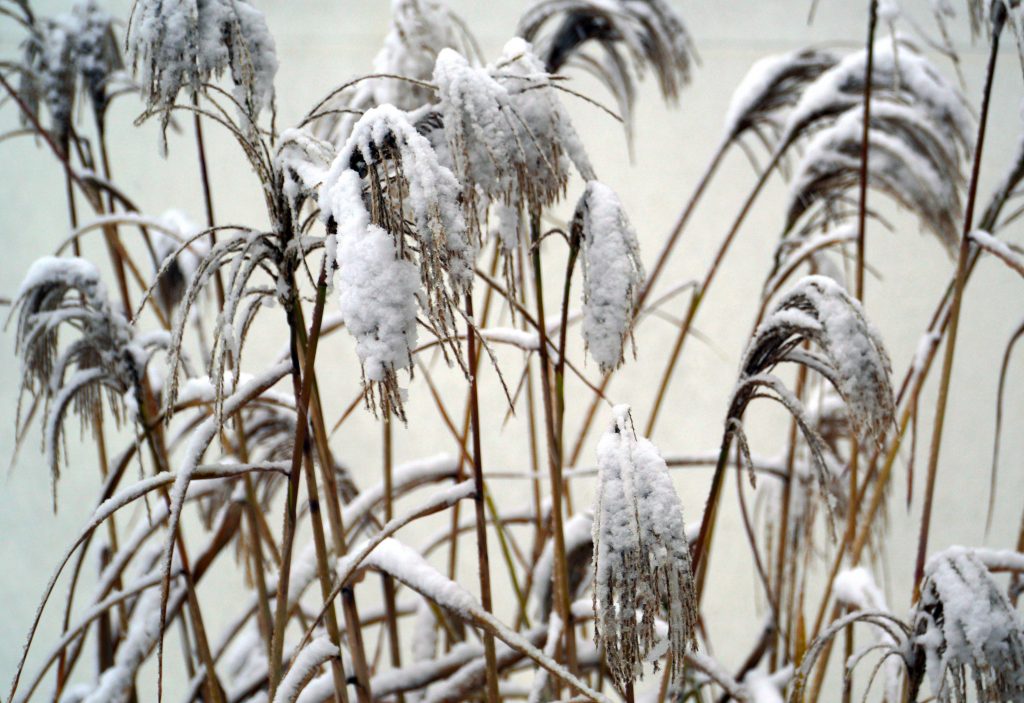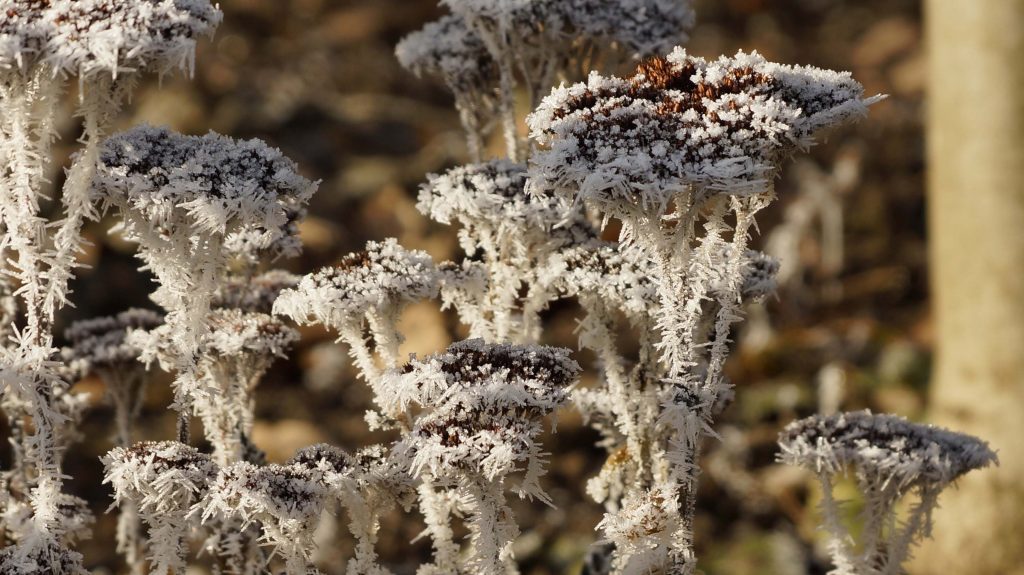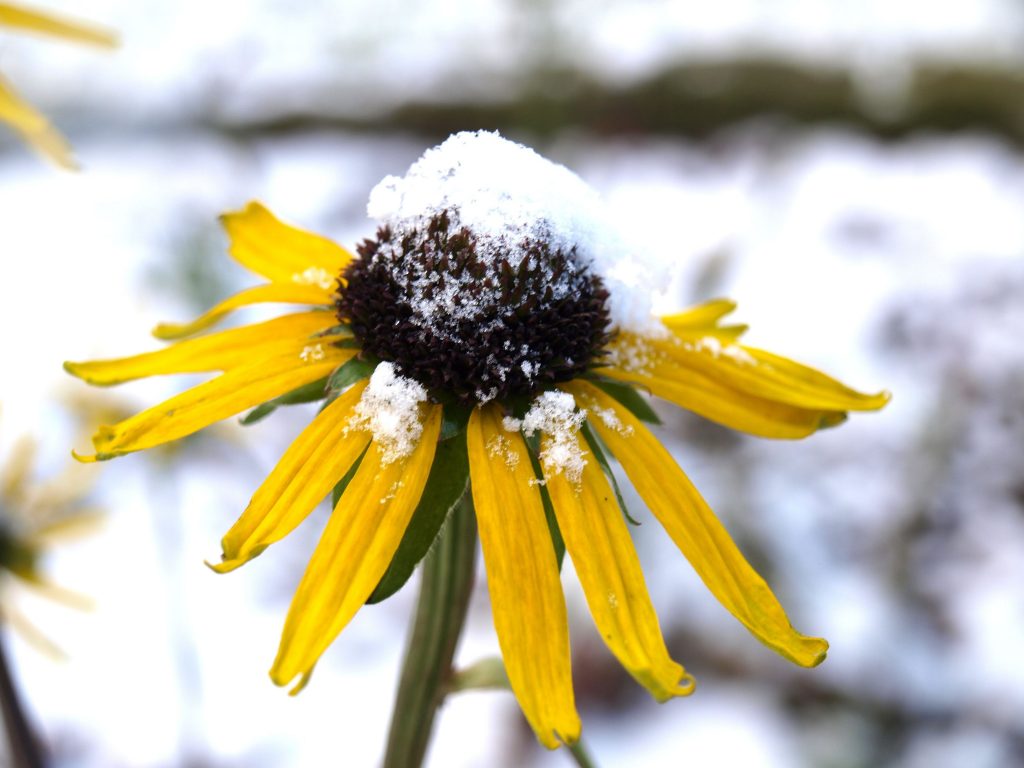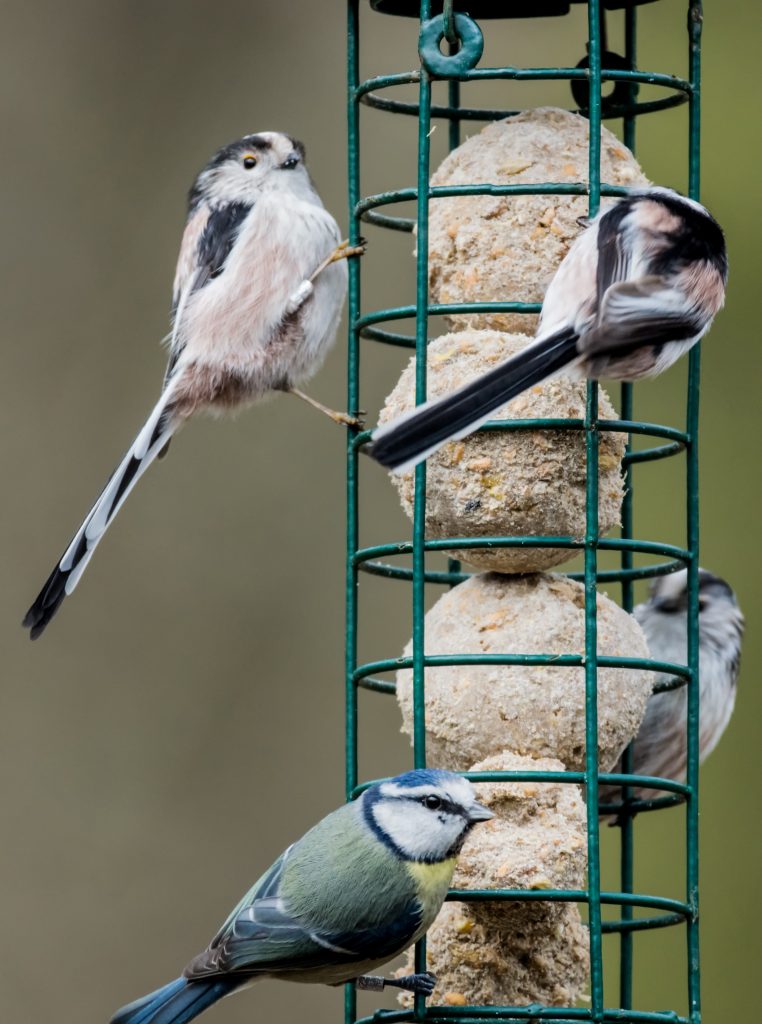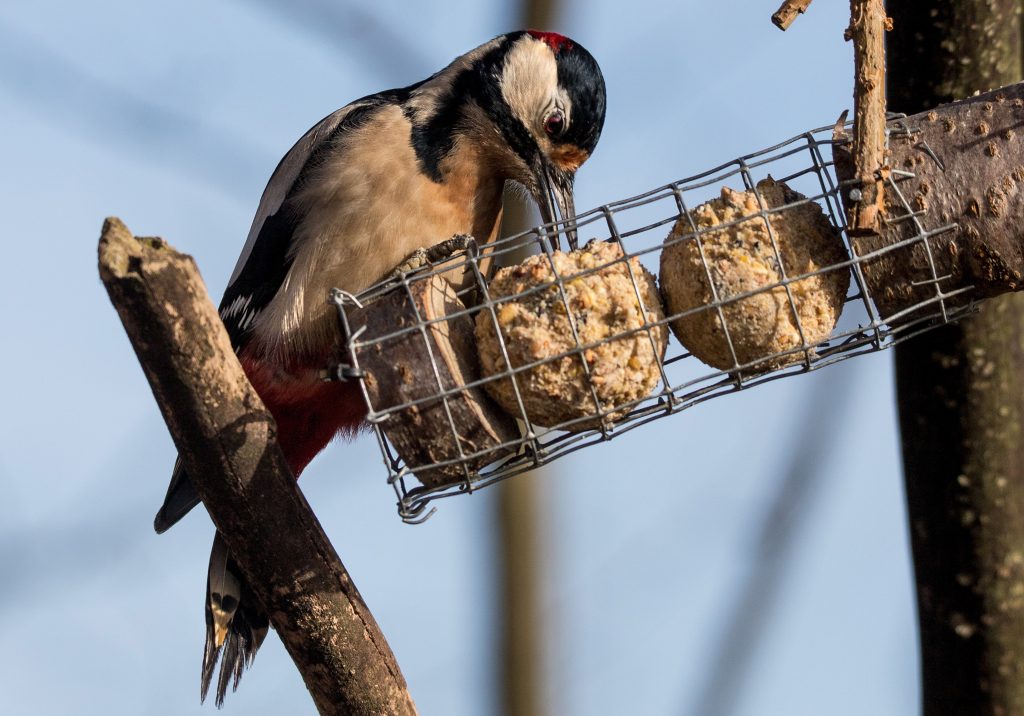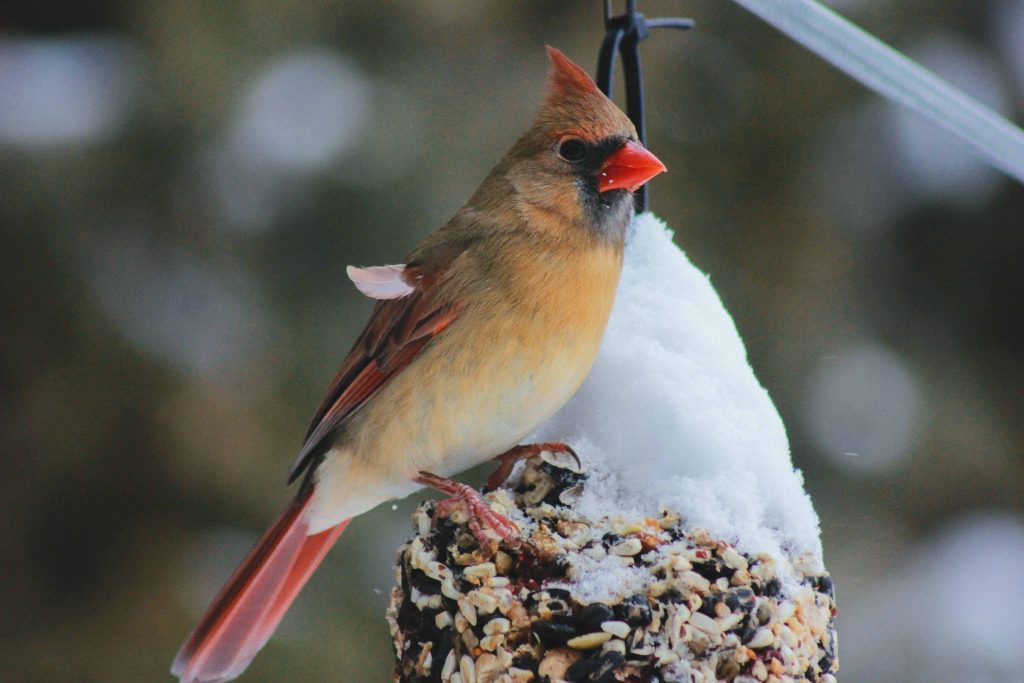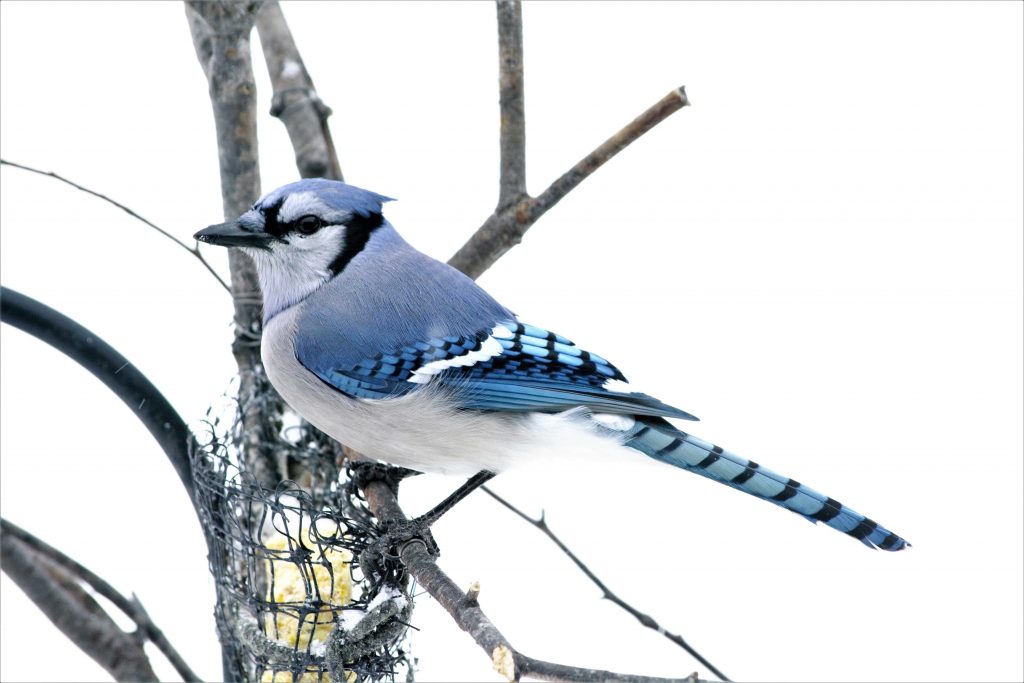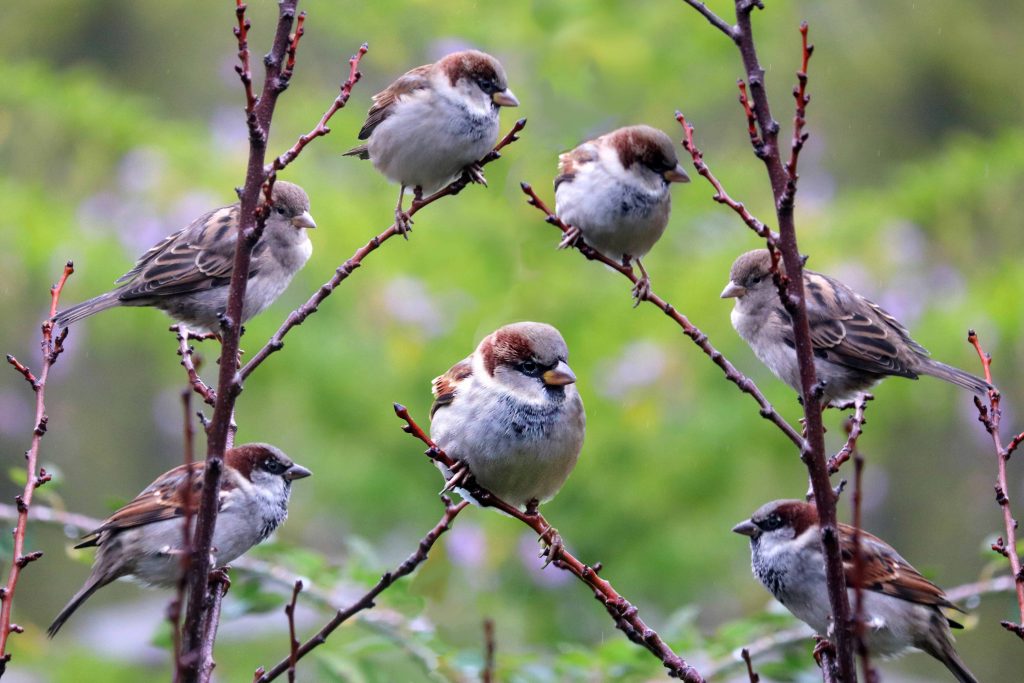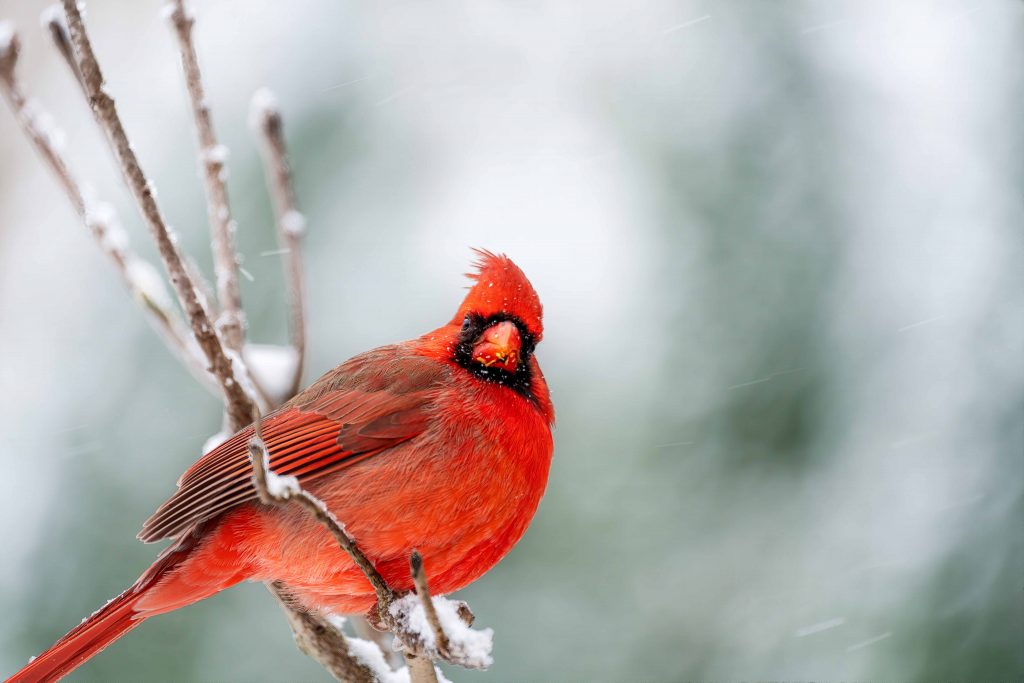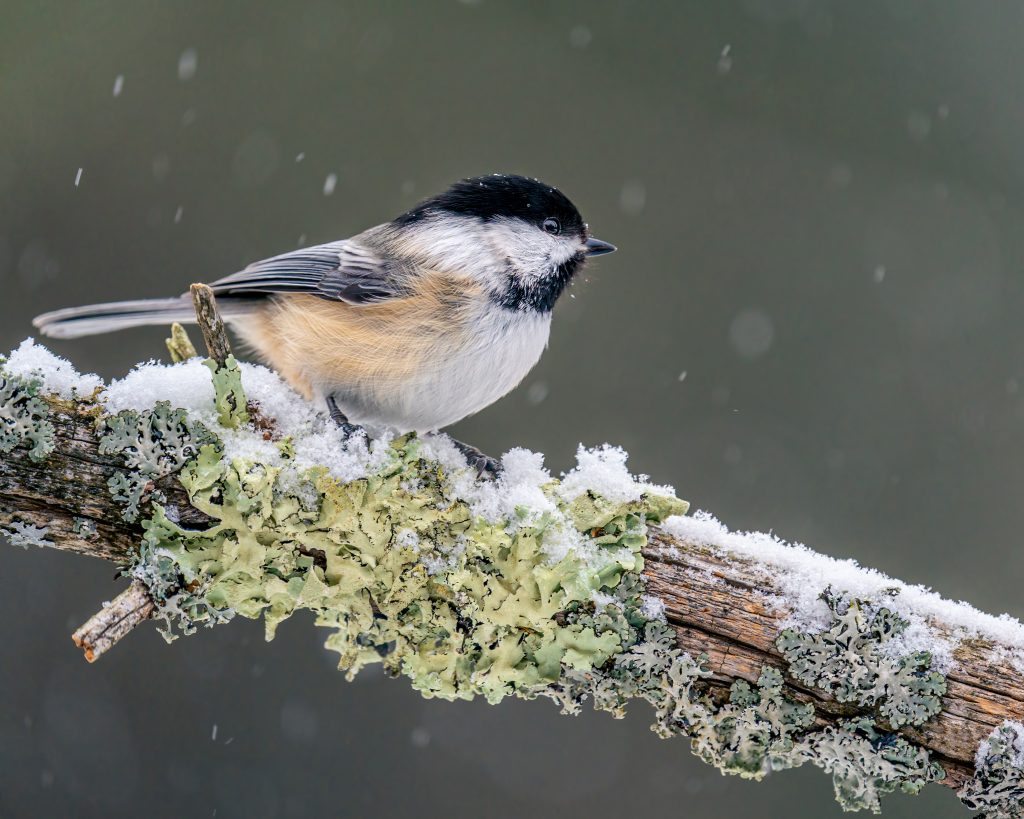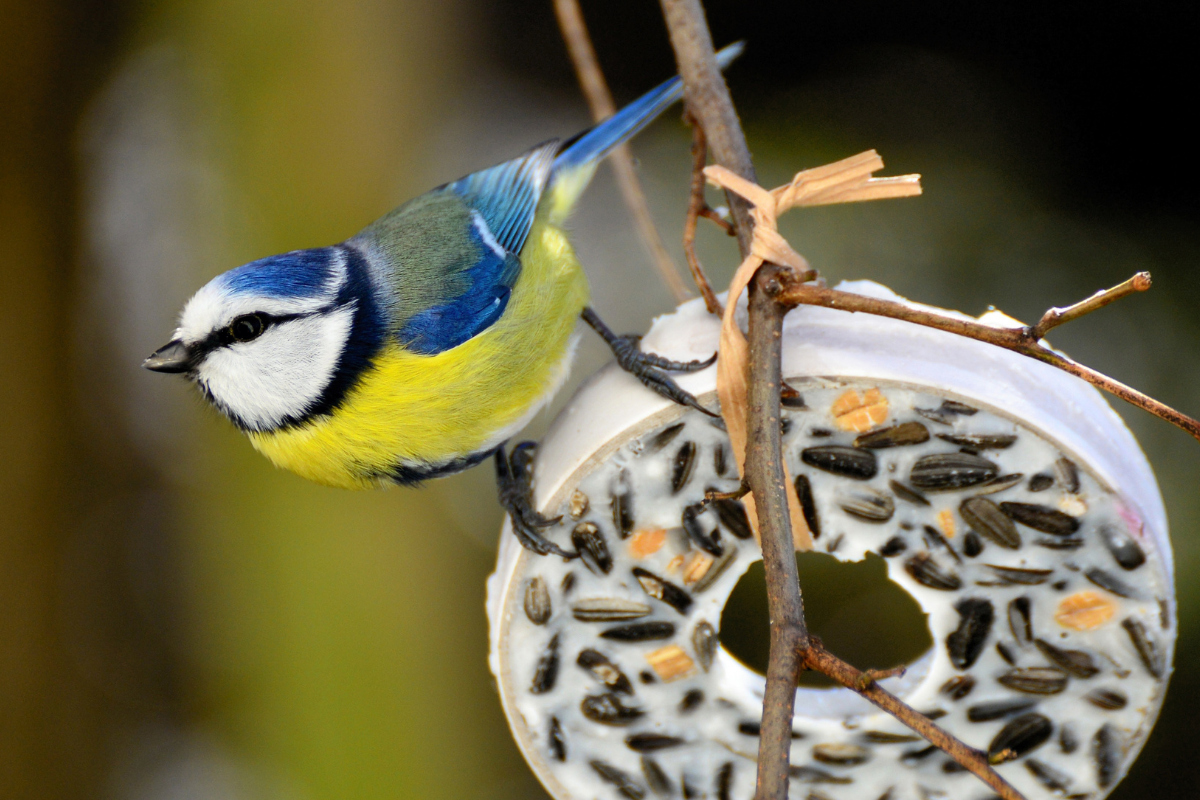
A Quick Guide to Feeding the Birds this Winter
Winter brings snow to many places throughout Canada and our greenspaces start to look very different. Most plants are dormant and access to natural sources of food and shelter are reduced. This means that birds could use some help to find the extra bits of food to sustain them during the long winter months. Helping them out during the colder months is especially helpful because there are fewer insects around to eat and so their food is a little more scarce than normal. There are 2 great and easy ways to help out our feathered friends during the cold months: by letting your summer perennials bloom to seed or helping them out with a bird feeder. Feeding the birds will not only give your backyard a little more life during winter, but it will also provide hours of entertainment for you and your kids. This blog post has everything you need to know about feeding the birds this winter!
Table of Contents
Bird friendly perennials – the natural way to feed the birds
An easy way to add some food sources for the birds is to allow your summer flowering perennials to go to seed in the wintertime, giving the birds a way to scavenge their food. Some great perennials that you can let go to seed in winter are echinacea, liatris, rudbeckia, and delphinium. If they are already in your garden, let the final blooms of the season go to seed as a way to give the birds something to eat. If you don’t have them in your garden yet, put them on your garden wish list for the upcoming spring so that when winter comes along they can be a great helper for our feathered friends.
Location: Where to put your bird feeder
Where you place your bird feeder can make a big difference in ensuring the birds take full advantage of the help you are giving. When it comes to selecting a location for your bird feeder, there are two major things to consider: is it a safe place for the birds and can you view the feeder.
It is key to choose a spot that can protect the birds. Feeders located in busy areas get more visits from squirrels, cats, and other predators. Think about placing your feeder close to a natural shelter (like trees or shrubs). This will allow the birds to rest in-between feeding and be able to stay protected from predators. Make sure that it is not too close to the cover though as those sneaky squirrels can find a way to get access to the feeders. We have found that hanging your feeder from the middle area of a large branch on your tree works relatively well.
Quick Tip:
An ideal tree to place your bird feeder is the evergreen tree. They have nice thick foliage which can help protect from the wind and can be a great hiding place from the predators.
What type of Bird Feeder is best
Did you know that different species of birds prefer different types of feeders? Feeders come in many shapes, sizes, levels of quality and intended use. There is a bird feeder that will work for any area or yard size, big or small. If you’re not sure which feeder to purchase, it is best to start with finding out which birds are in your area. A great resource is the bird finder on the Birds Canada website. The interactive map lets you choose your location and time of year and then gives you a list of birds with images that are in your area. Once you have the list you can look up which feeders are the best for birds in your area. With feeder acquired, it is time to add the feed.
Choosing the Right Feed
When it comes to filling your feeder, you want to make sure you are providing the right food for the birds. Different birds like different types of seeds, so it is important to know what kind of bird you are trying to attract. Some of the most common types of feed are sunflowers, safflower, nyjer or thistle, cracked corn, peanuts, or canary seed. There is also the option of including dried cranberries and cherries or suet (a great source of fat that will give them the energy they need for the cold temperatures). You can also find great bird feed mixes which can be appealing to a wide variety of birds. If you have a healthy squirrel population, you may want to exclude nuts in the mixes as this will attract them to the feeder.
Time to Enjoy
Once everything is set and ready to go the final step is to just enjoy the birds as they enjoy their feast. Watching them fly in and out, perched on the feeder enjoying a good meal is a great way to spend some time outdoors this winter. And who knows, you might even get lucky and spot a few rare species.
If you are looking for a nice interactive map that give you region, feeder type, and food for the birds check out this resource from The Cornell Lab. You can also make it into a family project and build your own bird feeder. Here are a couple of cool DIY ideas.
So, go on. Get out there and start feeding the birds during wintertime! It’s a great way to help them survive through this tough time of year, you can learn about your local species of bird, and it just might be one of the most enjoyable activities that you do all winter long. Enjoy watching their beautiful plumage in action.



